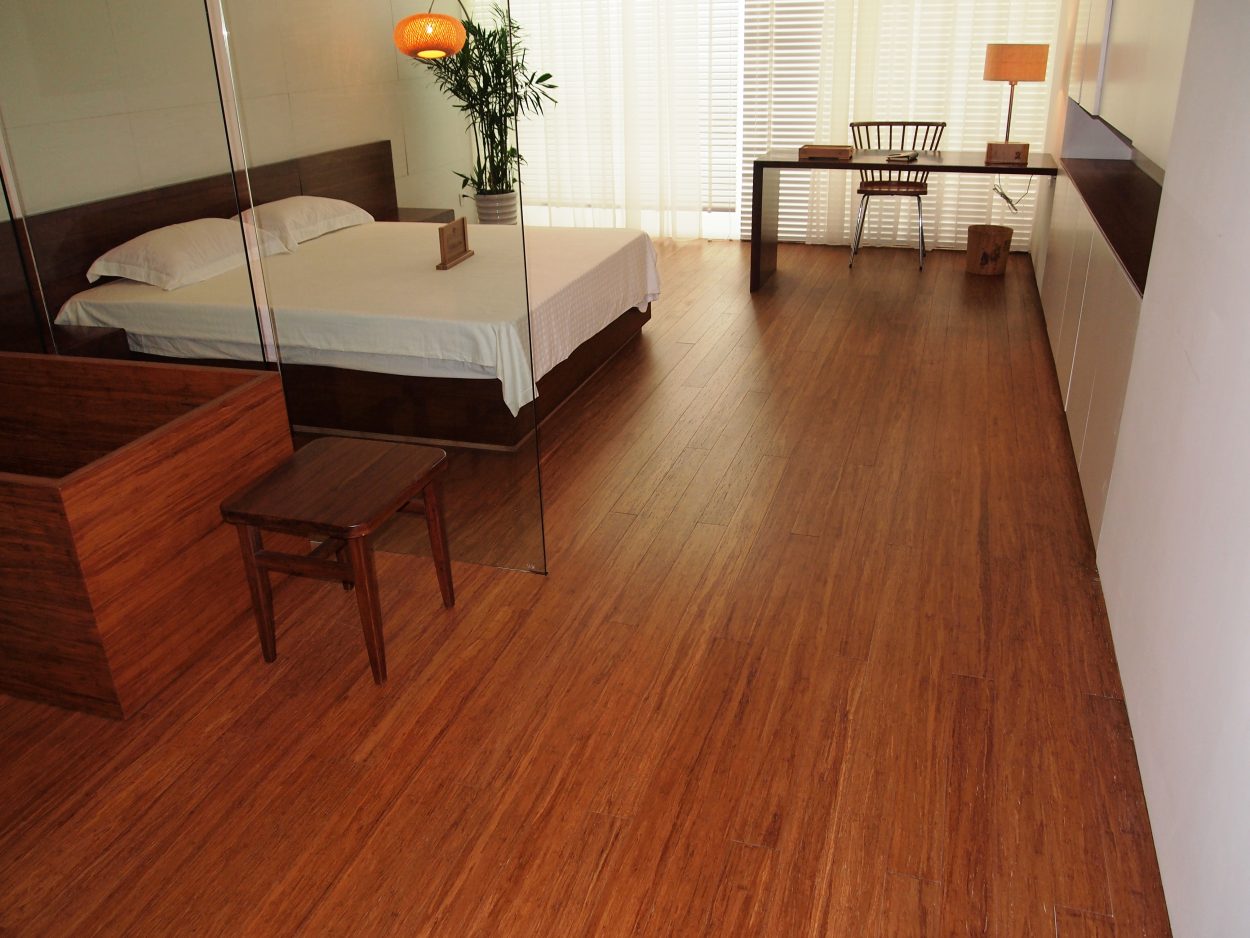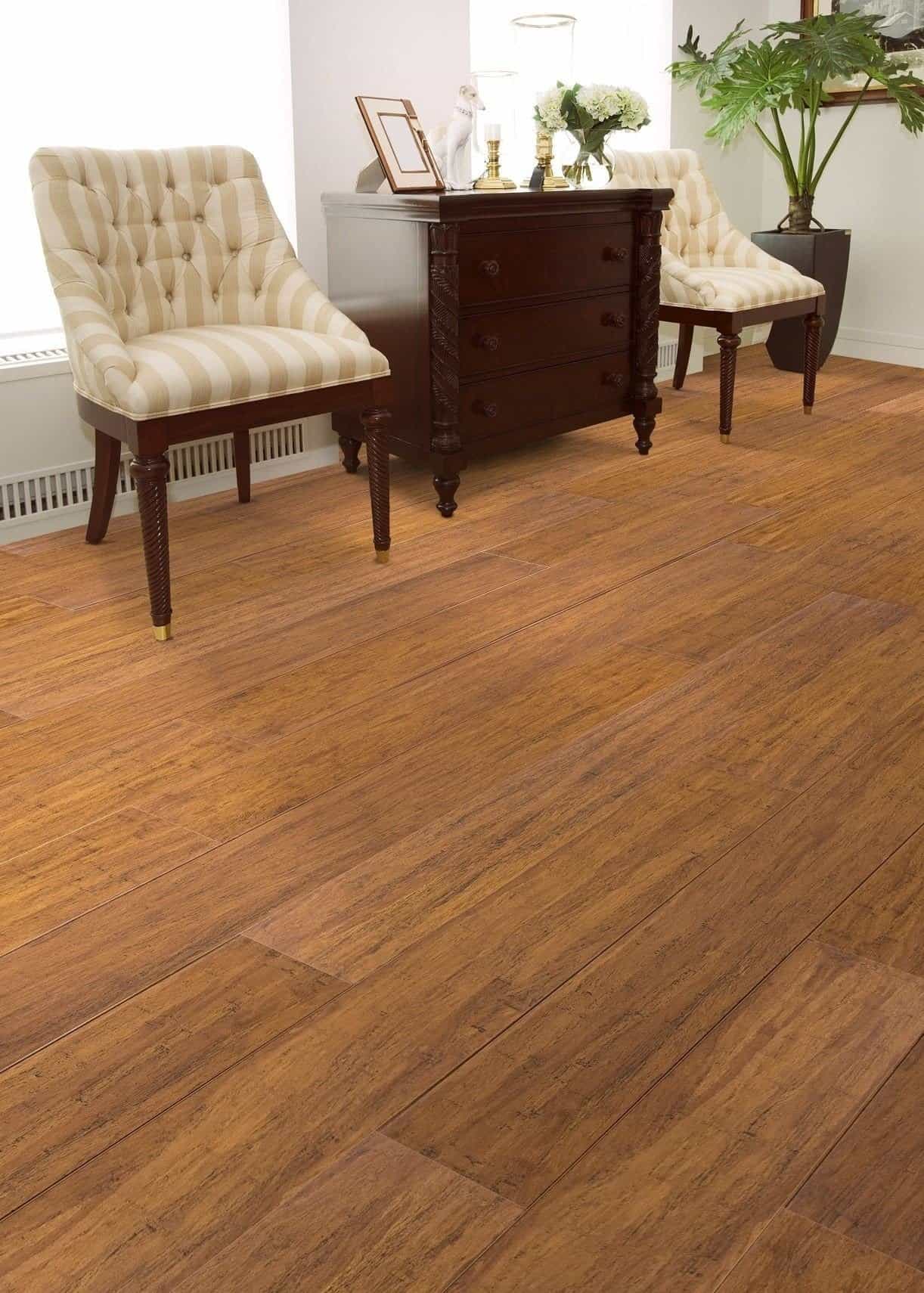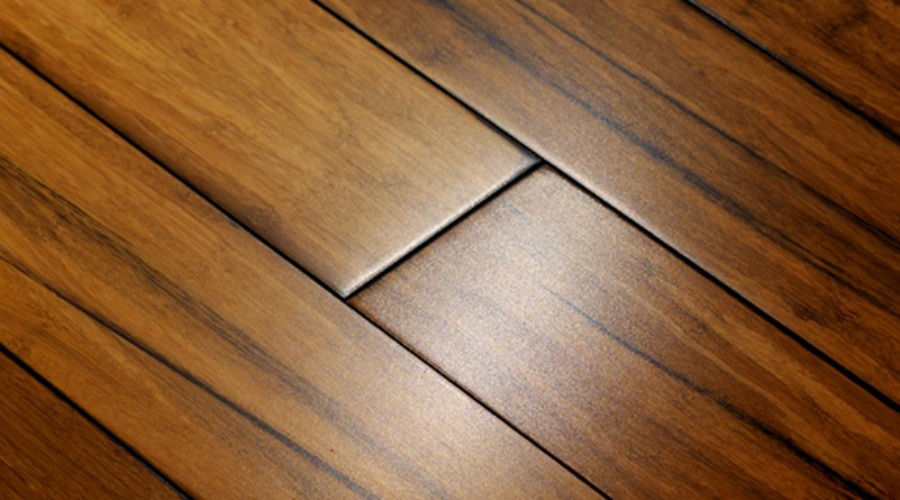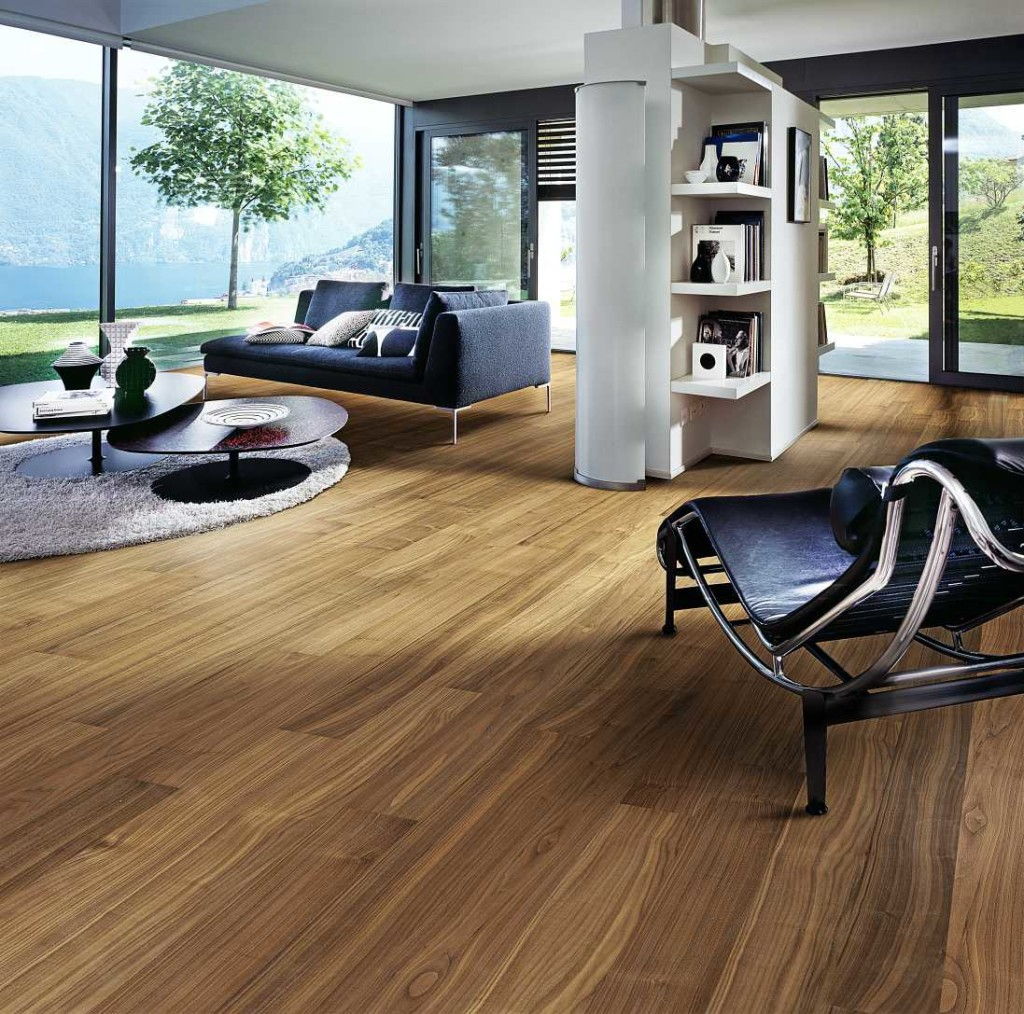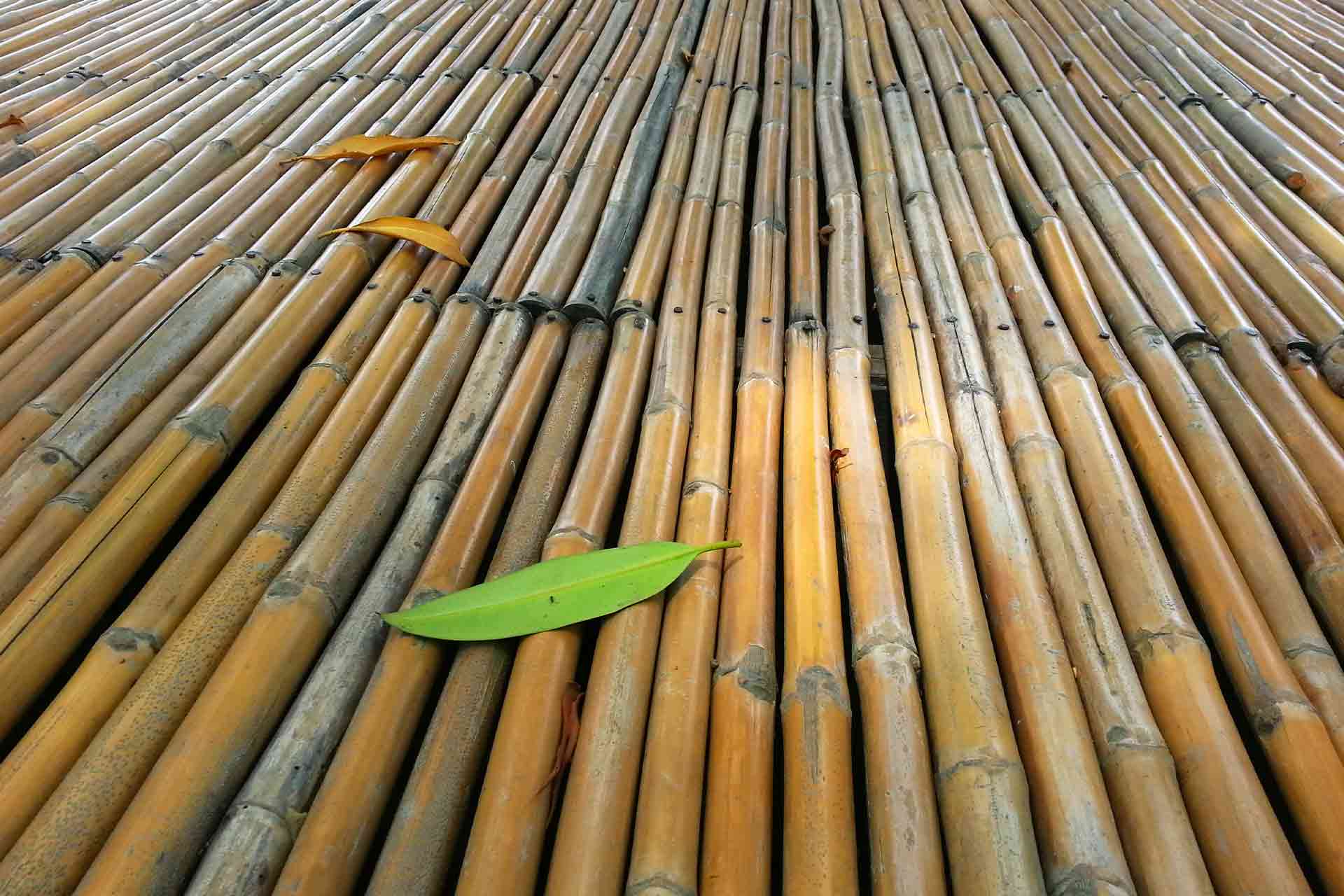Quality Bamboo Flooring: An In-Depth Guide
Bamboo flooring has become an increasingly popular choice for homeowners seeking an eco-friendly and stylish alternative to traditional hardwood floors. Known for its durability, sustainability, and unique aesthetic, bamboo flooring offers numerous benefits. This comprehensive guide will explore the qualities that define high-quality bamboo flooring, the different types available, installation considerations, and maintenance tips.
Understanding the Qualities of High-Quality Bamboo Flooring
High-quality bamboo flooring starts with the raw material. The best bamboo for flooring is harvested from mature stalks at least five years old. Younger bamboo is softer and less durable, which can lead to issues with denting and scratching. The species of bamboo used also matters, with Moso bamboo being the preferred variety due to its density and hardness.
Another critical quality factor is the manufacturing process. High-quality bamboo flooring is processed using a carbonization technique that gives the bamboo its rich color and strengthens the fibers. However, it’s essential to balance this process, as over-carbonization can make the bamboo too soft. The adhesives and finishes used in manufacturing also play a significant role in determining the final product’s quality. Low-VOC (volatile organic compounds) adhesives and finishes are preferable as they are safer for indoor air quality.
The construction method used for bamboo flooring is also a key determinant of quality. There are three main types: horizontal, vertical, and strand-woven. Strand-woven bamboo is the most durable, created by compressing bamboo fibers under intense pressure, resulting in a floor that is twice as hard as traditional bamboo. Horizontal and vertical constructions, while still durable, do not offer the same level of hardness.
Lastly, the final product’s appearance is a good indicator of quality. High-quality bamboo flooring should have a consistent color and grain pattern, with minimal visible defects. A smooth, even finish with a protective top coat ensures the flooring will be resilient against daily wear and tear.

Types of Bamboo Flooring
Bamboo flooring comes in several types, each with unique characteristics that suit different aesthetic preferences and functional needs. The three primary types are horizontal, vertical, and strand-woven bamboo.
Horizontal bamboo flooring displays the natural growth pattern of the bamboo stalk, with nodes and knuckles visible in the grain. This type of flooring has a wider, more natural look, appealing to those who appreciate the traditional appearance of bamboo. It is made by gluing together horizontal strips of bamboo, which provides a moderate level of hardness and durability.
Vertical bamboo flooring, on the other hand, features a more uniform, linear appearance. The bamboo strips are glued together vertically, resulting in a consistent grain pattern that resembles traditional wood grain more closely. This type of flooring offers similar durability to horizontal bamboo but with a different aesthetic that suits contemporary or minimalist interiors.
Strand-woven bamboo flooring is the most durable and hard-wearing option. It is created by shredding bamboo fibers and then compressing them under high pressure with resin binders. This process produces a denser, harder product that can withstand heavy traffic and impact. Strand-woven bamboo comes in a variety of colors and finishes, making it versatile for different design styles.
Engineered bamboo flooring is another option that combines a top layer of bamboo with a plywood or fiberboard base. This construction method enhances the floor’s stability, making it less susceptible to expansion and contraction due to humidity changes. Engineered bamboo flooring is ideal for areas with fluctuating moisture levels, such as basements or bathrooms.
Installation Considerations for Bamboo Flooring
Proper installation is crucial to ensure the longevity and performance of bamboo flooring. The first step is acclimation, where the bamboo planks are left in the installation area for at least 72 hours. This allows the bamboo to adjust to the room’s temperature and humidity, preventing issues like warping or buckling post-installation.
Subfloor preparation is another critical aspect. The subfloor must be clean, dry, and level. Any imperfections in the subfloor can transfer to the bamboo flooring, affecting its appearance and stability. It’s also essential to use an appropriate underlayment, which can provide additional cushioning, soundproofing, and moisture protection.
There are several methods to install bamboo flooring: nail-down, glue-down, and floating. Nail-down installation is suitable for solid bamboo flooring and involves nailing the planks to a wooden subfloor. Glue-down installation is ideal for both solid and engineered bamboo flooring, where adhesive is used to attach the planks to the subfloor. Floating installation, where the planks are not attached to the subfloor but are instead clicked together, is commonly used for engineered bamboo flooring. This method is faster and allows for easier replacement of damaged planks.
Expansion gaps are necessary to account for the natural expansion and contraction of bamboo due to changes in humidity and temperature. These gaps should be left around the perimeter of the room and around fixed objects like pipes and columns. Without these gaps, the flooring could buckle or warp.
Maintenance and Care for Bamboo Flooring
Maintaining bamboo flooring is relatively simple but requires regular attention to keep it looking its best. Daily sweeping or vacuuming helps to remove dirt and debris that can cause scratches. Using a vacuum with a soft brush attachment or a microfiber mop is recommended to avoid damaging the surface.
Spills should be cleaned up promptly to prevent staining and water damage. A damp mop with a mild, pH-neutral cleaner is suitable for regular cleaning. Avoid using excessive water, as bamboo is susceptible to moisture and can swell or warp if exposed to too much liquid. Additionally, steer clear of harsh chemicals or abrasive cleaners that can damage the finish.
To protect bamboo flooring from scratches and dents, use felt pads under furniture legs and avoid dragging heavy objects across the floor. Placing mats at entryways can also help reduce the amount of dirt and moisture tracked onto the flooring. In areas with high foot traffic, consider using rugs to provide additional protection.
Humidity control is another essential aspect of bamboo flooring maintenance. Bamboo is sensitive to changes in humidity, which can cause it to expand or contract. Using a humidifier in dry conditions and a dehumidifier in high-humidity environments can help maintain a stable indoor climate, reducing the risk of damage.
Common Mistakes to Avoid with Bamboo Flooring
Skipping Acclimation: One of the most common mistakes is not allowing the bamboo planks to acclimate to the room’s conditions before installation. This can lead to warping and gaps as the bamboo adjusts post-installation.
Improper Subfloor Preparation: Neglecting to properly prepare the subfloor can result in an uneven surface, leading to issues like squeaking or shifting of the bamboo planks. Ensuring a clean, dry, and level subfloor is essential.
Using the Wrong Cleaning Products: Using harsh chemicals or too much water can damage the finish and structure of bamboo flooring. Stick to pH-neutral cleaners and avoid soaking the floor.
Ignoring Expansion Gaps: Not leaving enough space for the bamboo to expand and contract can cause the flooring to buckle. Ensure proper expansion gaps are maintained during installation.
Exposing Bamboo to Excessive Moisture: Bamboo flooring should not be installed in areas prone to high moisture, like bathrooms, unless it is specifically designed for such environments. Excessive moisture can lead to swelling and damage.
How durable is bamboo flooring compared to hardwood?
Bamboo flooring, particularly strand-woven bamboo, is extremely durable and can be harder than many hardwoods like oak or maple. Strand-woven bamboo is twice as hard as some traditional wood species, making it highly resistant to dents and scratches. However, the durability can vary depending on the type and quality of the bamboo flooring.
Is bamboo flooring environmentally friendly?
Yes, bamboo flooring is considered an eco-friendly option. Bamboo is a rapidly renewable resource, growing much faster than traditional hardwood trees. Moso bamboo, the most commonly used species for flooring, can grow to maturity in five to six years, compared to decades for hardwood trees. Additionally, responsible manufacturers use sustainable harvesting practices and low-VOC adhesives and finishes.
Can bamboo flooring be refinished?
High-quality bamboo flooring can be refinished, but the number of times it can be done depends on the thickness of the bamboo layer. Solid bamboo flooring can be refinished multiple times, similar to traditional hardwood. Engineered bamboo flooring with a thinner top layer can be refinished at least once, depending on the wear layer thickness.
How do bamboo flooring handle humidity and temperature changes?
Bamboo flooring is sensitive to changes in humidity and temperature. It can expand in high humidity and contract in low humidity. To mitigate this, it’s crucial to maintain a stable indoor climate and leave expansion gaps during installation. Using a humidifier in dry conditions and a dehumidifier in humid conditions can help keep the environment stable.
Is bamboo flooring suitable for all areas of the house?
Bamboo flooring is versatile and can be used in most areas of the house, including living rooms, bedrooms, and kitchens. However, it is not recommended for areas with high moisture levels, such as bathrooms, unless it is engineered specifically for such environments. Engineered bamboo flooring is more stable and can handle fluctuations in moisture better than solid bamboo.
Benefits of Bamboo Flooring for Your Home Improvement Project
Quality Craft Tiger Bamboo Engineered Hardwood Flooring (22.91 sq. ft. / case) The Home Depot
What are the bamboo flooring problems and how to avoid them?
How Much Does Bamboo Flooring Cost in 2024
Hot Sale High Quality Natural Carbonize Vertical Horizontal Strand Woven Bamboo Flooring
Bamboo Flooring images on Pinterest Bamboo floor, Flooring ideas and Engineered bamboo
Related Posts:
